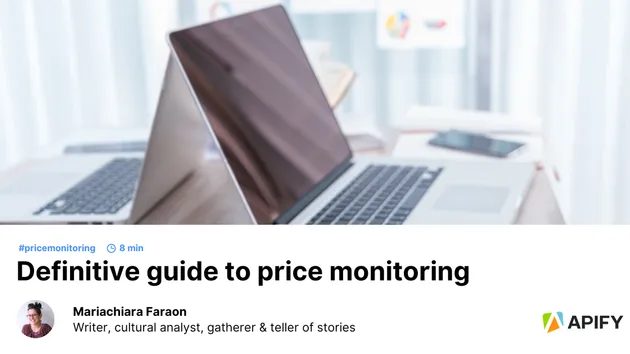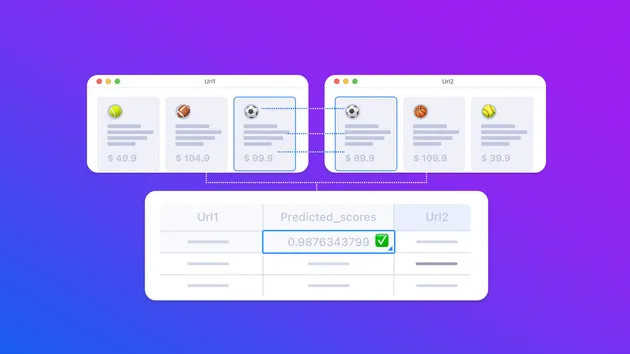Shopify Scraper
Pricing
Pay per event
Shopify Scraper
Under maintenanceShopify Product & Collection Scraper lets you extract product and collection data from any public Shopify store. It supports dynamic content, custom domains, and returns titles, prices, images, descriptions, and availability in real time.
0.0 (0)
Pricing
Pay per event
0
4
4
Last modified
6 days ago
This is a Next.js project bootstrapped with create-next-app.
Getting Started
First, install the dependencies:
Then, run the development server:
Open http://localhost:3000 with your browser to see the result.
API Endpoints
The application provides two main endpoints for scraping data:
Collection Scraping
- Endpoint:
/scrape-collection - Query Parameter:
url- The URL of the collection to scrape (must be URL encoded) - Example URL:
http://localhost:3000/scrape-collection?url=${encodeURIComponent('https://store.com/collections/summer')} - cURL Example:
Product Scraping
- Endpoint:
/scrape-product - Query Parameter:
url- The URL of the product to scrape (must be URL encoded) - Example URL:
http://localhost:3000/scrape-product?url=${encodeURIComponent('https://store.com/products/example-product')} - cURL Example:
You can test these endpoints either by:
- Using cURL commands as shown above (which automatically URL encode the parameters)
- Directly accessing the URLs in your browser (make sure to URL encode the parameters)
Note: Always ensure that the URL parameter is properly encoded to handle special characters and spaces in the URLs.
This project uses next/font to automatically optimize and load Geist, a new font family for Vercel.
Learn More
To learn more about Next.js, take a look at the following resources:
- Next.js Documentation - learn about Next.js features and API.
- Learn Next.js - an interactive Next.js tutorial.
You can check out the Next.js GitHub repository - your feedback and contributions are welcome!
Deploy on Vercel
The easiest way to deploy your Next.js app is to use the Vercel Platform from the creators of Next.js.
Check out our Next.js deployment documentation for more details.
On this page
Share Actor:





